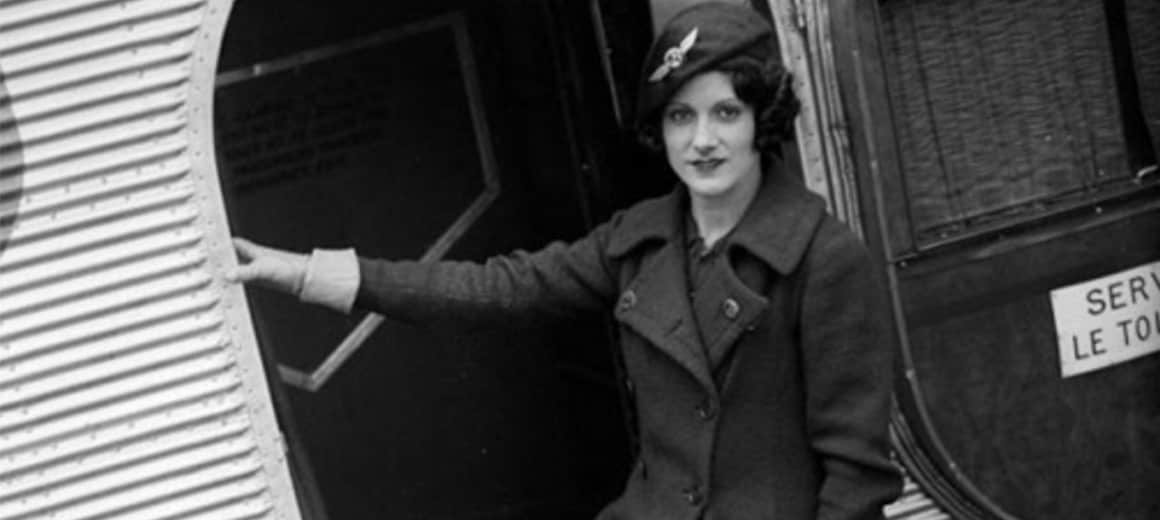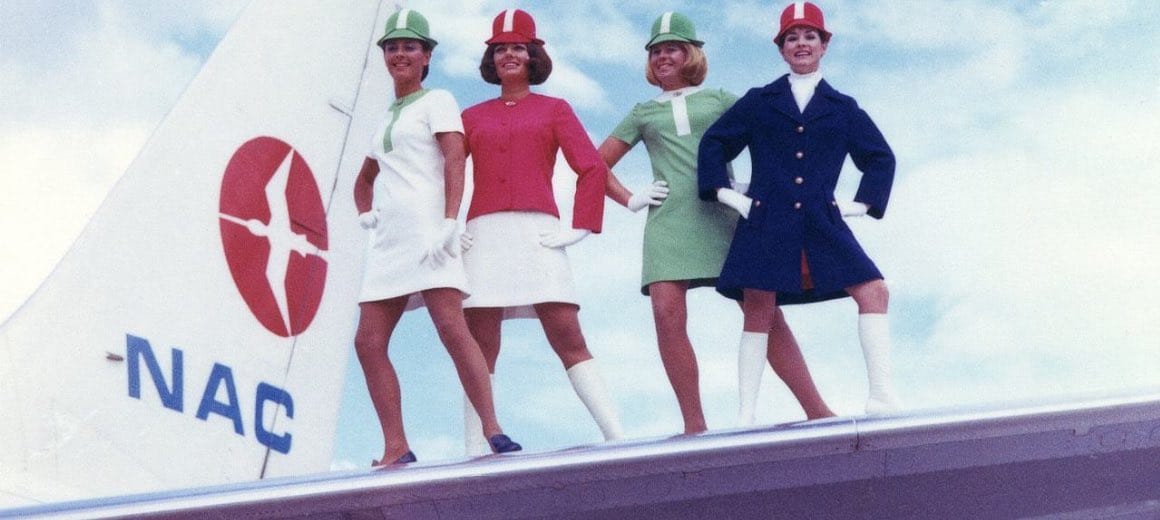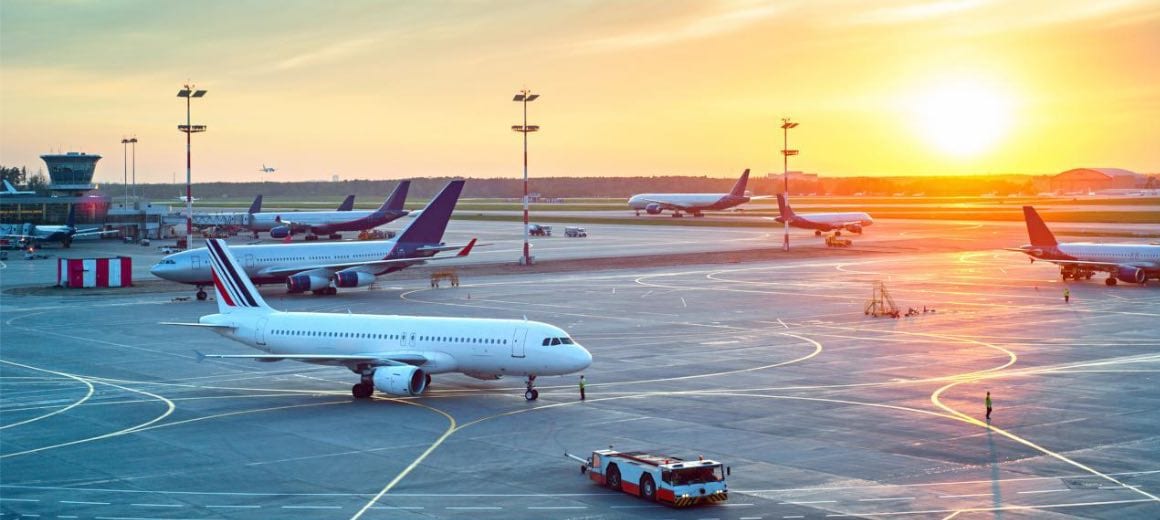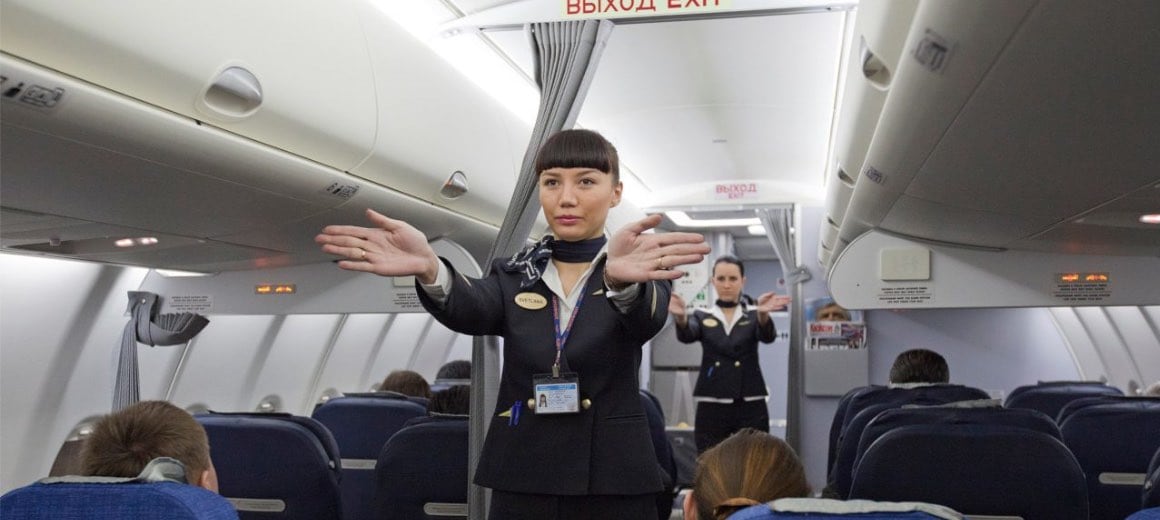The Changing Face of In-Flight Cabin Crew
Flight attendants have played a significant role in the aviation industry since commercial flights first took off between 1910 and 1920. Thanks to the efforts of a few brave and significant flight attendants, a lot has changed from the early days of cabin boys and sky girls.
1920s to 1940s: from cabin boys to air hostesses
In 1912, Heinrich Kubis became the world's first flight attendant. It’s not surprising that the first attendant was male; initially, only men were hired to assist passengers on aeroplanes. It would be another 18 years until a woman served as an air stewardess. (Interestingly, Kubis later survived the LZ 129 Hindenburg air tragedy by jumping out of a window as it neared the ground.)
Through the 1920s, both UK and US airlines began to employ cabin boys as flight attendants until men were needed for war duty at the start of World War I. This is how a new chapter began in the history of flight – women would now be employed as flight attendants. Ellen Church, a 25-year-old registered nurse, was the first female air hostess. Church’s first ambition, having obtained her pilot's licence, had been to work as a pilot but Boeing Air Transport in San Francisco refused. Instead, she managed to convince them to hire her as a flight attendant, touting that it would ease passenger’s fear of flying by having a registered nurse on board. After a successful three-month trial, the trend of hiring only registered nurses as flight attendants began.
It was Church’s manager, Steve Simpson, who suggested that employing women on all flights would have a positive psychological effect on passengers because of their “neater and nicer method of serving food and looking out for passengers’ welfare”. The trend soon caught on and by the mid-1930s, around 300 female flight attendants were employed in airline service – but all had to be young and single.
In fact, the selection process was rigorous – potential ‘Sky Girls’, as the airlines called them, had to meet rigid qualifications. First and foremost, they needed to be registered nurses. The initial age limit was 25, they could weigh no more than 52kgs, and the height limit was 1.64m. In addition to these standards, applicants were expected to “Possess charm, personality, poise, evident intelligence, a general attractive appearance, and clearly indicated refinement; good moral character; the ability to wear clothes well, to speak distinctly, and to use good English.” This is according to an airline in a 1939 survey by Robert Hambrook of the United States Office of Education.
In the 1940s, the duties of female flight attendants were expanded to include cleaning the cabin, stopping passengers from throwing garbage out the windows, and sometimes helping to fuel the planes. It was around this time that the idea of cabin crew uniforms took hold. The 1944 TWA uniform was designed by Hollywood fashion designer, Howard Greer, with the ‘blou-slip’ – an undergarment that didn't need to be constantly tucked in. In 1945, flight attendants set up the Airline Stewardess Association, which is now called the Association of Flight Attendants union.
1950s to 1970s: from restrained elegance to space helmets and hotpants
In the 1950s, as the flight attendant profession grew in popularity, the idea was to promote the job as glamorous and sophisticated. By 1956, female flight attendants were grounded at age 32 (this was raised to 35 in 1957), while male flight attendants were able to keep flying until they reached their 60s. At the time, most airlines included a no-marriage clause in flight attendants’ contracts. The 1950s also saw the start of in-flight entertainment when Aloha's air hostesses sang, hula danced, and played the ukulele during flights.
By the mid-1960s, while airlines were still not allowed to set their own fares, air hostesses became marketing tools, used by airlines to carve out market share. Slogans like: “Does your wife know you’re flying with us?” and "How do you like your stewardesses?" were common, and uniforms went from military-influenced elegance, to apricot overcoats and bubble space helmets. At the time, no career was more glamorous than that of a flight attendant. Air hostess uniforms were at the forefront of fashion and there was stiff competition for flight attendant jobs – TWA accepted less than 3% of job applicants.
The 1970s saw federal courts rule against the inclusion of no-marriage clauses in flight attendants’ contracts as well as those that discriminated against men whose flight attendant applications were being rejected on the basis of gender. Even so, the marketing tactics of many airlines became increasingly risqué with campaign tags like: “I’m Cheryl. Fly Me!" Air hostesses were even required to wear hotpants and other revealing clothes.
1980s to 1990s: from stewardesses to mainstream air travel
It was in the 1980s that the terms ‘air hostess’ and ‘air steward’ were dropped in favour of the gender-neutral ‘flight attendant’. For every 100 female flight attendants, there were just 19 male flight attendants. It was also during this time that a shift began in the aviation industry. Air travel went from being a luxury to a popular, accessible way to travel for an increasing number of people. Airlines began to compete for passengers by offering lower airfares – instead of enticing male businessmen with the most attractive air hostesses.
By the 1990s, career opportunities began to open up for flight attendants. Jobs were offered aboard commercial airlines, and the luxury and convenience of travel by private plane was gaining in popularity, so jobs for private jet crew became highly sought after. In 1990, then-President of the United States of America George H.W. Bush recognised 19 July as the Flight Attendant Safety Professionals’ Day to honour the contributions flight attendants had made to the airline industry and the history of flight.
Present day: cabin crew for every flight experience
These days, the role of cabin crew is less about fluffing pillows and playing the ukulele, and more about getting passengers safely and comfortably to their destination. Even the aviation visionaries of the 1920s and 30s could never have imagined the number of people flying today.
It may seem that the glory days of aeroplane travel are over, but today’s passengers have more choices than ever before. If a non-stop flight at the cheapest price is the most important criteria for one passenger, then the ease and convenience of a private jet charter is the way another individual may choose to travel. Just as we found ways to make automobiles appeal to most tastes and pockets, we’re finding ways to bring air travel within the reach of most travellers. This means that cabin crew jobs and career opportunities are changing to keep apace.
A 2015 Bureau of Labour Statistics report puts the average age of flight attendants at 46.8 with male flight attendants two years younger than their female counterparts. It also notes that flight attendants fly 75 to 100 hours a month and spend another 50 hours a month on the ground writing reports and preparing for flights.
Today, the job of flight attendants is more complex, with safety briefings taking place before each flight. The boarding particulars of special needs passengers or VIPs are discussed, along with weather conditions and anticipated turbulence. Onboard equipment receives safety checks and any items not up to par are reported and rectified before take-off. Flight attendants have similarly complex procedures for on-boarding passengers as well as during a flight, and when seeing passengers off a plane at their destination.
For private jet crew, the role has quite a different look and feel. Private charter flight attendants provide excellent customer service to passengers while also looking after their comfort and safety during a flight. They carry out many of the duties of commercial airline cabin crew with a few exceptions. Since private jet charter is not only about speed and convenience, flight attendants onboard private jets ensure that their passengers are given the best customer service possible at all times.
This quest for the ultimate flying experience means that private jet flight attendants do not only have commercial aviation backgrounds. Many are former executive assistants, personal chefs, or have high-end hospitality service experience. Private jet charter flights allow flight attendants to use a higher level of creativity – they have to cook, bake, make up beds to a client’s specifications, problem-solve, and add thoughtful touches to the in-flight experience. Private jet flight attendants are also required to be discreet because most of the passengers they attend to are celebrities, sports stars, corporate executives and billionaires.
Of course the world’s rich and famous have high expectations so the role suits flight attendants who are thrilled by the challenge of exceeding expectations. It calls for hard work, professionalism, and dedication, but when it comes to adventure and earning potential, the sky's the limit for ambitious flight attendants.
Charter a private plane with ACS
If the luxury and convenience of a private jet rental appeals to you, speak to our team about the benefits of private plane rental for fast, agile and personalised travel. The benefits of a growing aviation industry means that private jet charter costs are now more affordable.
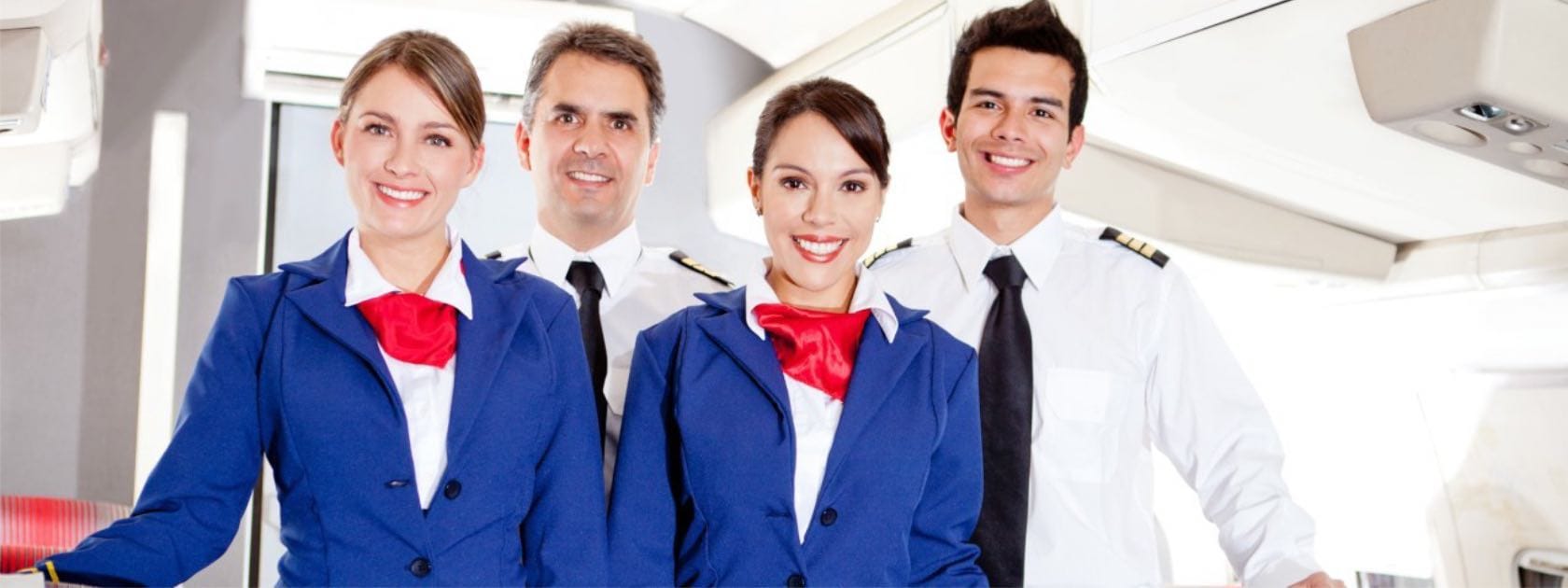
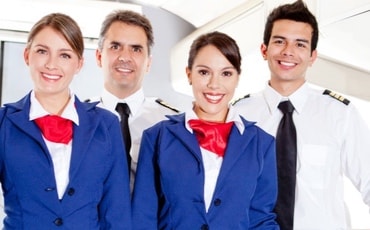 The changing role of cabin crew through the ages is like slicing through the history of flight for a fascinating look at a little bit of madness, a lot of hard work and bravery, and the progress of aviation in some unexpected ways.
The changing role of cabin crew through the ages is like slicing through the history of flight for a fascinating look at a little bit of madness, a lot of hard work and bravery, and the progress of aviation in some unexpected ways.


